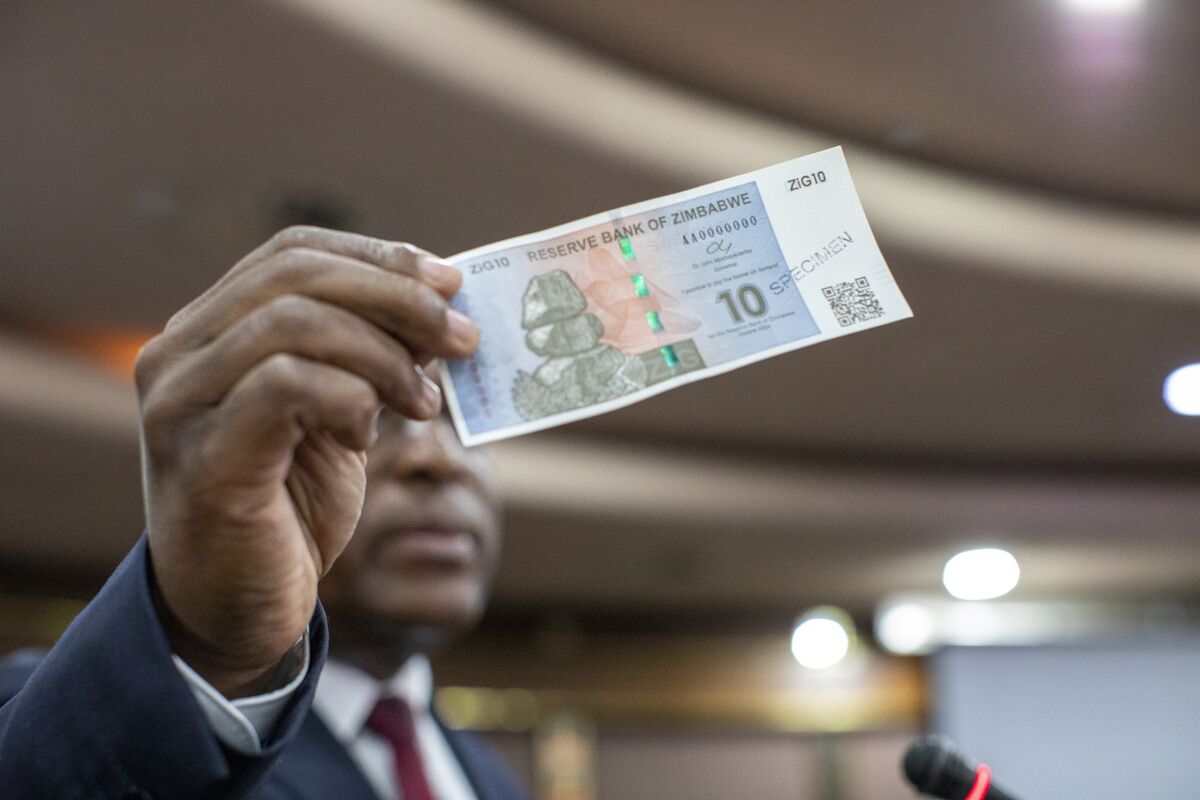The World Bank has painted a more optimistic picture in respect of Zimbabwe’s Gross Domestic Product (GDP) growth this year, projecting it at 3,8 percent.
This is higher than the 1,7 percent GDP growth projection enunciated in the 2017 National Budget by Finance and Economic Development Minister Patrick Chinamasa last month, which however, had not factored in December economic data.
According to the World Bank’s Global Economic Prospects report titled “Weak Investment in Uncertain Times”, which was released yesterday, the Zimbabwean economy will also grow by 3,4 percent next year, as well as in 2019.
The Bretton-Woods institution’s 2017 forecast for Zimbabwe also exceeds the projected growth estimate for Sub-Saharan Africa, which has been put at 2,9 percent.
Last year, the local economy faced a number of challenges including tight liquidity, drought and low foreign direct investment (FDI), but some of the factors are intricately tied to the state of the broader global economy, especially as low commodity prices (for example) prevailed throughout the course of 2016.
The World Bank estimates that the Zimbabwean economy grew by 0,4 percent in 2016, close to the 0,6 percent growth rate projected by Minister Chinamasa in December.
It has, however, warned that economic growth in the country and generally in the region could be lower than estimated due to prevailing vulnerabilities in the global economy:
“Commodity prices are expected to stabilise, but stay well below their levels of 2011, and fiscal adjustment needs remain large. Risks to the outlook are tilted to the downside. They include heightened policy uncertainty in the United States and Europe, slower improvements in commodity prices, and tighter global financing conditions.
“Domestically (sub-Saharan Africa), policy makers may not enact the reforms needed to rebuild fiscal buffers. Addressing fiscal vulnerabilities, and bolstering per capita growth remain key policy challenges across the region,” said the World Bank.
At the broader level, global growth for 2017 has been projected at 2,7 percent on the back of anticipated gains in emerging and developing economies.
“Growth in emerging market and developing economies (EMDEs) is expected to pick up in 2017, reflecting receding obstacles to activity in commodity exporters and continued solid domestic demand in commodity importers.
“Weak investment and productivity growth are, however, weighing on medium-term prospects across many EMDEs. Downside risks to global growth include increasing policy uncertainty in major advanced economies and some EMDEs, financial market disruptions, and weakening potential growth,” said the World Bank.
“However, fiscal stimulus in key major economies — in particular, the United States — could lead to stronger-than-expected activity in the near term and thus represent a substantial upside risk to the outlook.” — BH24.






